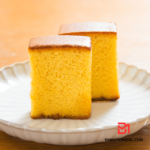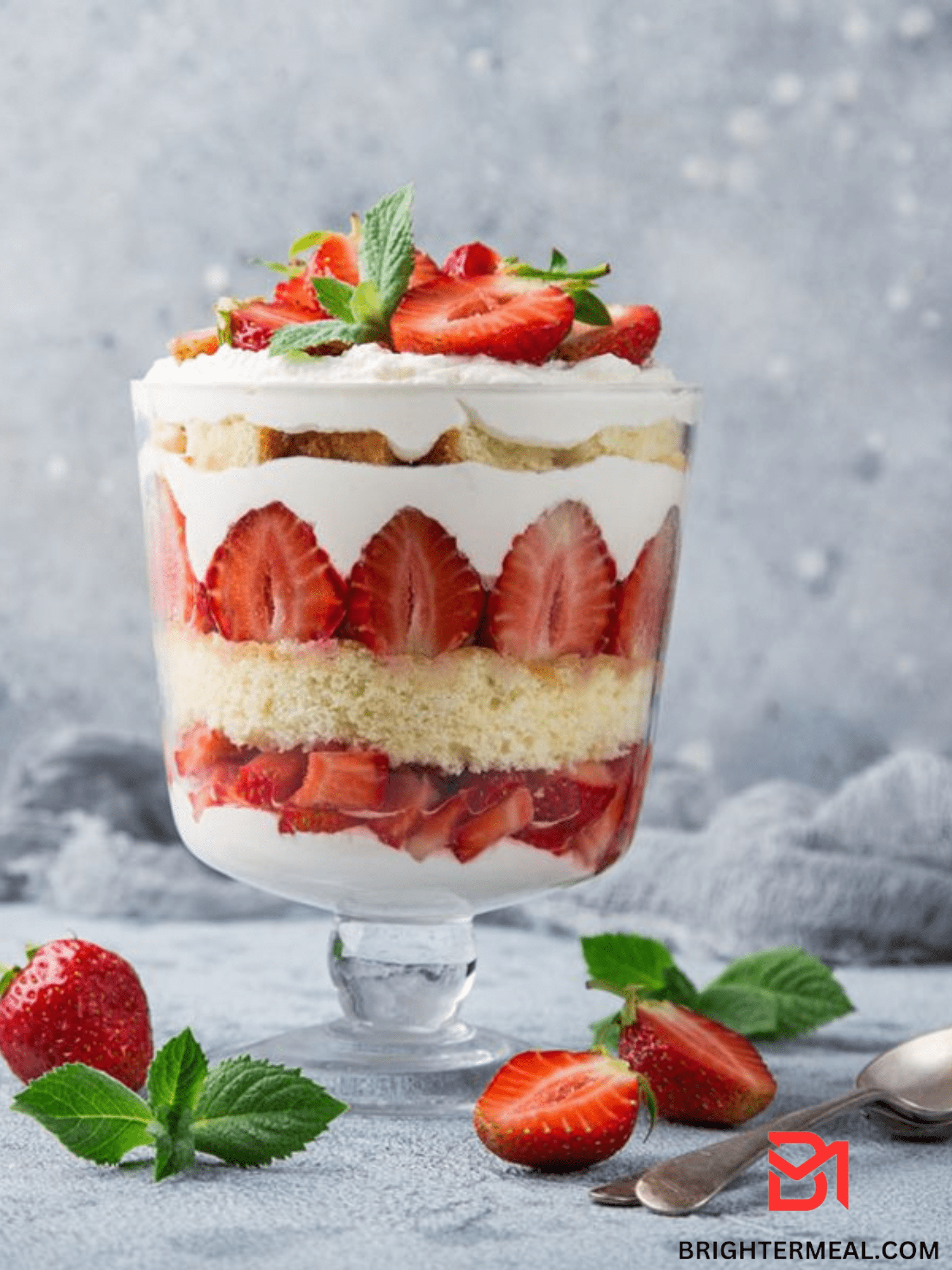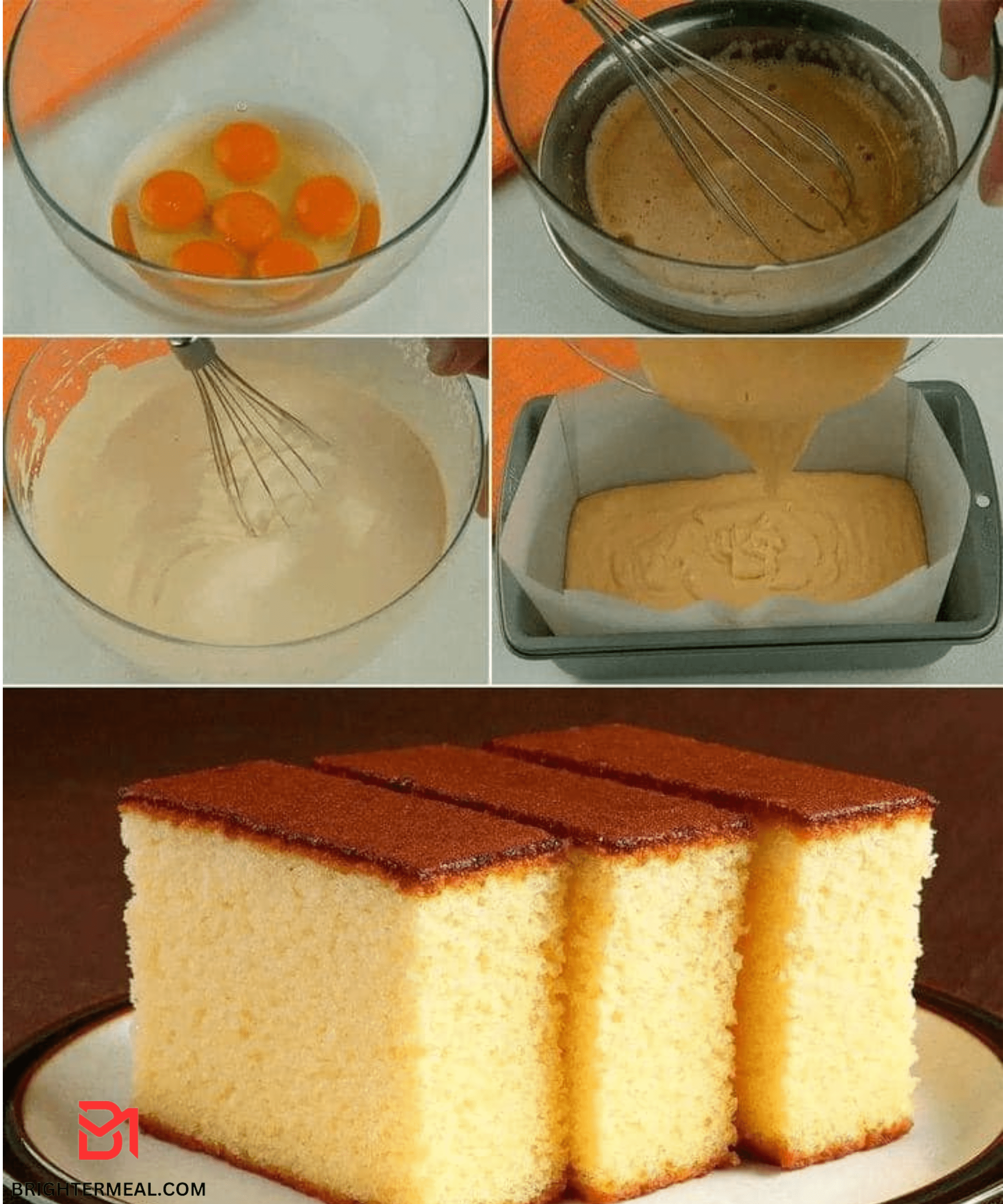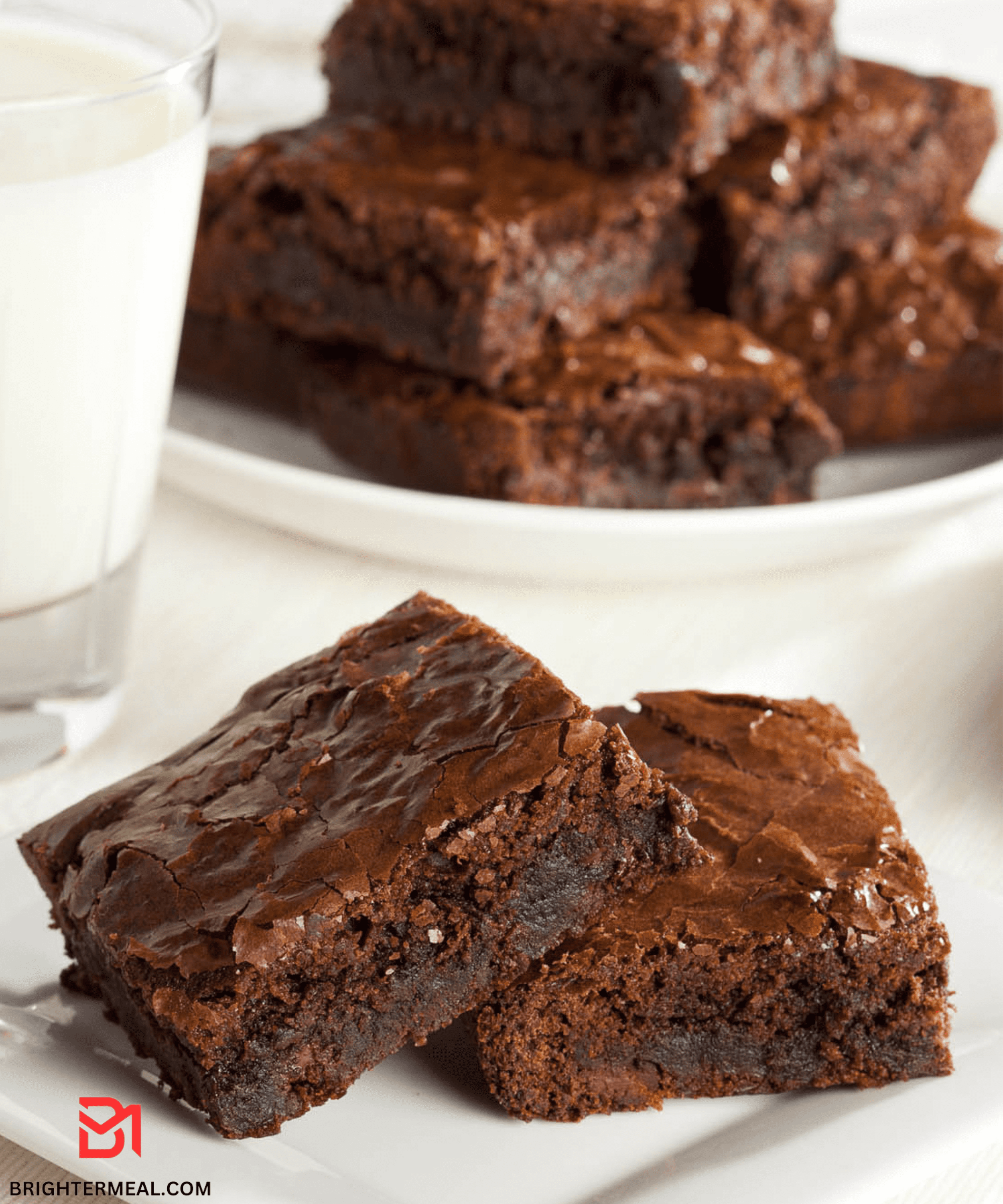Castella Cake
Discover the charm of Castella Cake in this comprehensive guide. From its rich history to the perfect baking tips, explore everything about this delightful treat. If you’re a dessert enthusiast, Castella Cake should be your next baking adventure.

If you’re a dessert lover, then you’ve probably come across Castella Cake, a Japanese delicacy that has taken the culinary world by storm. This sponge cake, known for its light and fluffy texture, has a rich history and an irresistible taste that leaves everyone craving for more. In this article, we’ll dive into the delightful world of Castella Cake, exploring its origins, ingredients, baking tips, and more. Whether you’re a seasoned baker or just someone with a sweet tooth, Castella Cake is a must-try treat that will leave you amazed.
Can I substitute honey with another sweetener?
Certainly, you can opt for an alternative sweetener in place of honey. While honey contributes its distinct flavor and moistness to Castella Cake, you can experiment with substitutes like maple syrup or agave nectar. Just keep in mind that the flavor and texture might undergo slight changes, so it’s advisable to test and adjust the quantities accordingly to achieve your desired taste.
The Ingredients That Make It Irresistible
The magic of this cake lies in its simple yet carefully chosen ingredients. This cake requires high-quality eggs, sugar, flour, and honey. The eggs are beaten to a frothy consistency, creating a light and airy batter. The addition of honey not only adds sweetness but also contributes to the cake’s signature moistness.
Is Castella Cake the same as regular sponge cake?
No, Castella Cake is unique due to its distinct rectangular shape, golden-brown crust, and the inclusion of honey in the batter, giving it a delicate sweetness and moistness.
Baking the Perfect Castella Cake
Baking a Castella Cake that’s flawlessly tender and delicious requires a careful balance of technique and precision. This iconic Japanese treat is renowned for its distinct rectangular shape, golden-brown crust, and a light, airy interior that practically melts in your mouth. To ensure your cake turns out impeccably, follow these step-by-step instructions:

Preparing the Batter:
- Crack and separate the eggs, placing the yolks and whites into separate bowls.
- Beat the egg yolks and sugar until the mixture is pale and creamy.
- In another bowl, whisk the egg whites until stiff peaks form.
- Gently fold the egg whites into the yolk mixture using a spatula.
Mixing the Dry Ingredients:
- Sift the flour into the egg mixture in small batches.
- Gently fold the flour into the batter until no streaks remain.
- Add honey to the batter and fold until incorporated.
Baking the Cake:
- Preheat the oven to 320°F (160°C).
- Line a rectangular baking pan with parchment paper, leaving an overhang on two sides.
- Pour the batter into the pan and tap gently to remove air bubbles.
- Bake for about 40-45 minutes or until a toothpick inserted into the center comes out clean.

Serving and Enjoying
Once the Castella Cake is baked to perfection and cooled, it’s time to savor this delectable treat. You can enjoy it as is or pair it with a scoop of vanilla ice cream and fresh berries for an extra indulgence. The cake’s delicate sweetness and melt-in-your-mouth texture make it a crowd-pleaser for any occasion.
Unveiling the Irresistible Charm of Castella Cake
When it comes to indulging in a treat that perfectly balances simplicity and elegance, This Cake stands out as a true masterpiece. This delectable dessert has captured the hearts and taste buds of people worldwide with its melt-in-the-mouth texture and captivating flavor profile.

A Glimpse into History
Originating in Japan during the 16th century, Castella Cake, also known as “Kasutera,” carries with it a rich history that adds to its allure. Initially introduced by Portuguese merchants, this cake has evolved over the years, blending Eastern and Western influences seamlessly.
A Harmonious Symphony of Ingredients
Crafting the perfect Castella Cake is an art that requires precision and dedication. The key ingredients that contribute to its unique taste include high-quality eggs, granulated sugar, high-protein flour, and a touch of honey. The careful combination of these elements results in a cake that boasts a velvety interior and a tantalizing aroma.
Variations
This cake comes in an array of delightful variations that cater to diverse palates. From classic vanilla and rich chocolate to matcha green tea and tropical fruit infusions, each variation tells a different story, allowing enthusiasts to explore an enticing world of flavors.
Savoring Every Bite: Castella Cake’s Irresistible Texture
One of the defining features of Castella Cake is its heavenly texture. With a delicate crumb that practically dissolves on the tongue, this cake offers a sublime sensory experience that leaves a lasting impression. The fine balance of moisture and airiness ensures that each bite is a symphony of taste and texture.
The Perfect Accompaniment: Pairing Castella Cake with Beverages
Pairing Castella Cake with the right beverage can elevate the entire experience to new heights. Whether enjoyed with a fragrant cup of tea to complement its subtlety or with a bold espresso to create a delightful contrast, this cake’s versatility knows no bounds.

Indulgence Redefined
From birthdays to weddings, This Cake has established itself as a symbol of celebration and joy. Its elegant appearance and irresistible taste make it a perfect centerpiece for special occasions, creating memories that linger long after the last crumb has been savored.
Baking Your Own Memories
For those inclined toward culinary adventures, baking a Castella Cake at home can be a rewarding experience. With the right recipe and a dash of patience, you can recreate the magic of this exquisite dessert in your own kitchen, impressing friends and family alike.
FAQs About Castella Cake:
While honey contributes to Castella Cake’s unique flavor and texture, you can experiment with other liquid sweeteners like maple syrup. However, keep in mind that it might slightly alter the taste.
Castella Cake was introduced to Japan by Portuguese merchants in the 16th century and became especially popular in Nagasaki. The city’s historical ties to international trade influenced the cake’s adoption and development.
Absolutely! To keep Castella Cake fresh, wrap it in plastic wrap or store it in an airtight container. Consume within a few days for the best taste and texture.
Yes, you can! Consider adding matcha powder, cocoa, or citrus zest to the batter for unique flavor twists. Experimentation is part of the fun!
In Conclusion
Castella Cake, with its rich history, captivating flavors, and delicate textures, continues to captivate dessert enthusiasts across the globe. From its humble origins to its modern interpretations, this cake remains a testament to the timeless allure of culinary artistry. So, the next time you’re craving a treat that transcends boundaries, consider indulging in the enchanting world of Castella Cake.

CASTELLA CAKE
Ingredients
- 4 large eggs separated
- 100 grams 1/2 cup granulated sugar
- 100 grams 2/3 cup cake flour
- 3 tablespoons honey
Instructions
Preparation:
- Preheat the oven to 320°F (160°C).
- Line a rectangular baking pan with parchment paper, leaving an overhang on two sides.
Egg Yolk Mixture:
- In a mixing bowl, whisk the egg yolks until smooth.
- Gradually add in half of the sugar while whisking, until the mixture is pale and creamy.
Whipped Egg Whites:
- In a separate clean bowl, whip the egg whites until stiff peaks form.
- Gradually add the remaining sugar and continue whipping until glossy peaks are achieved.
Combining Mixtures:
- Gently fold the whipped egg whites into the egg yolk mixture until well combined.
- Be gentle to preserve the airiness of the batter.
Incorporating Flour:
- Sift the cake flour over the egg mixture in batches.
- Gently fold the flour into the batter until no streaks remain.
Adding Honey:
- Drizzle the honey over the batter.
- Carefully fold the honey into the batter until evenly incorporated.
Pouring the Batter:
- Pour the batter into the prepared baking pan.
- Tap the pan gently on the counter to remove any air bubbles.
Baking:
- Bake the cake in the preheated oven for about 40-45 minutes.
- The cake is done when a toothpick inserted into the center comes out clean or with a few moist crumbs.
Cooling:
- Remove the cake from the oven and let it cool in the pan for a few minutes.
- Transfer the cake to a wire rack to cool completely.
Serving:
- Once cooled, slice the Castella Cake and enjoy its soft and fluffy texture.
Notes
Nutrition
More favorite dessert recipes
SO, IF YOU LIKE THIS RECIPE SHARE IT, AND FOLLOW ME ON PINTEREST AND FACEBOOK






